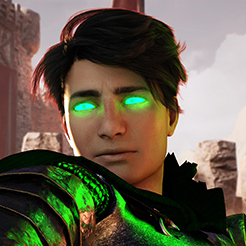While the British did their bombing by night, successfully using strips of tin foil ("Window") to foil German radar, the Americans did their bombing by daylight. The reason they were so confident was the B-17, what Lowe calls the best daylight bomber of World War II.
They were manned by crews of ten, all of whom (with the exception of the two pilots) had access to a machine gun. Their strategy was to fly in a tight swarm, making it difficult for attackers to "see individual planes, only those at the front."
The Americans sent the B-17s in the day after the British night bombing of Hamburg. While the British had done area bombing, the Americans had specific targets: the shipyards and the munitions factories. They were able to land their bombs, but the way back was grim. This time, the Germans were ready for them, and harassed them "halfway across the North Sea." The Germans even sent their night fighters into the attack, showing "exactly how committed they were to finishing off as many of the B-17s as they possibly could."
The B-17s flew in a tight swarm, but inevitably there were stragglers, and the Germans efficiently picked these off one by one. 544th Squadron, assigned the low position in the swarm, "was all but wiped out."
"The final B-17 to go down that afternoon" was from the 544th. "The crew had been under attack for well over an hour" and had lost three engines and a wing by the time the pilot brought the plane down in the North Sea. As the plane went down, "six Focke-Wulf 190s came" at it head-on. Even "as the shaken crew clambered out of the sinking plane, 20 mm shells continued to burst on the wings and the water all around . . . " They were still able to inflate their dinghies (Amazing: training is all!) and were eventually rescued by a Danish fishing vessel.
Self isn't even halfway through this book, and she's already as wrung out as a limp dishrag!

No comments:
Post a Comment